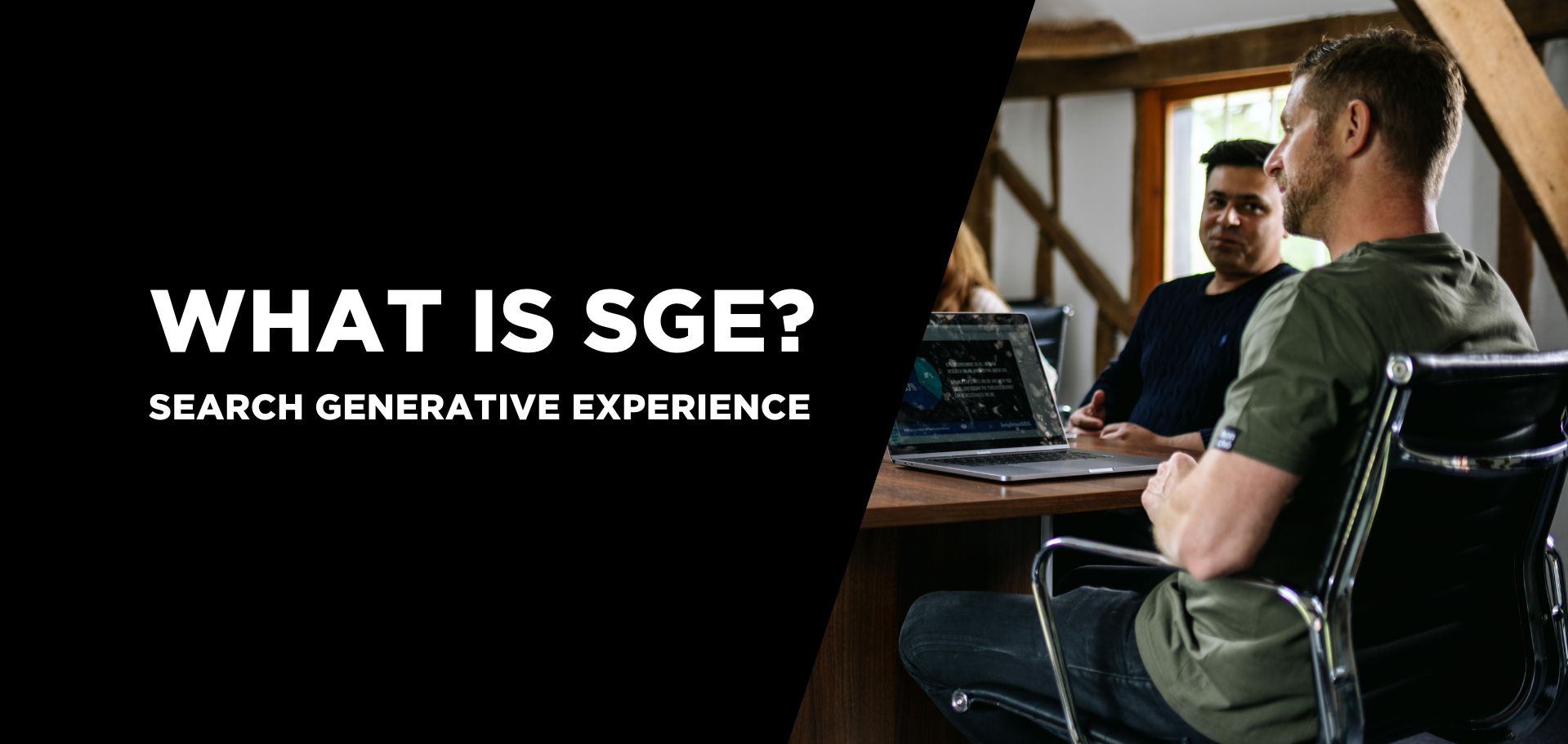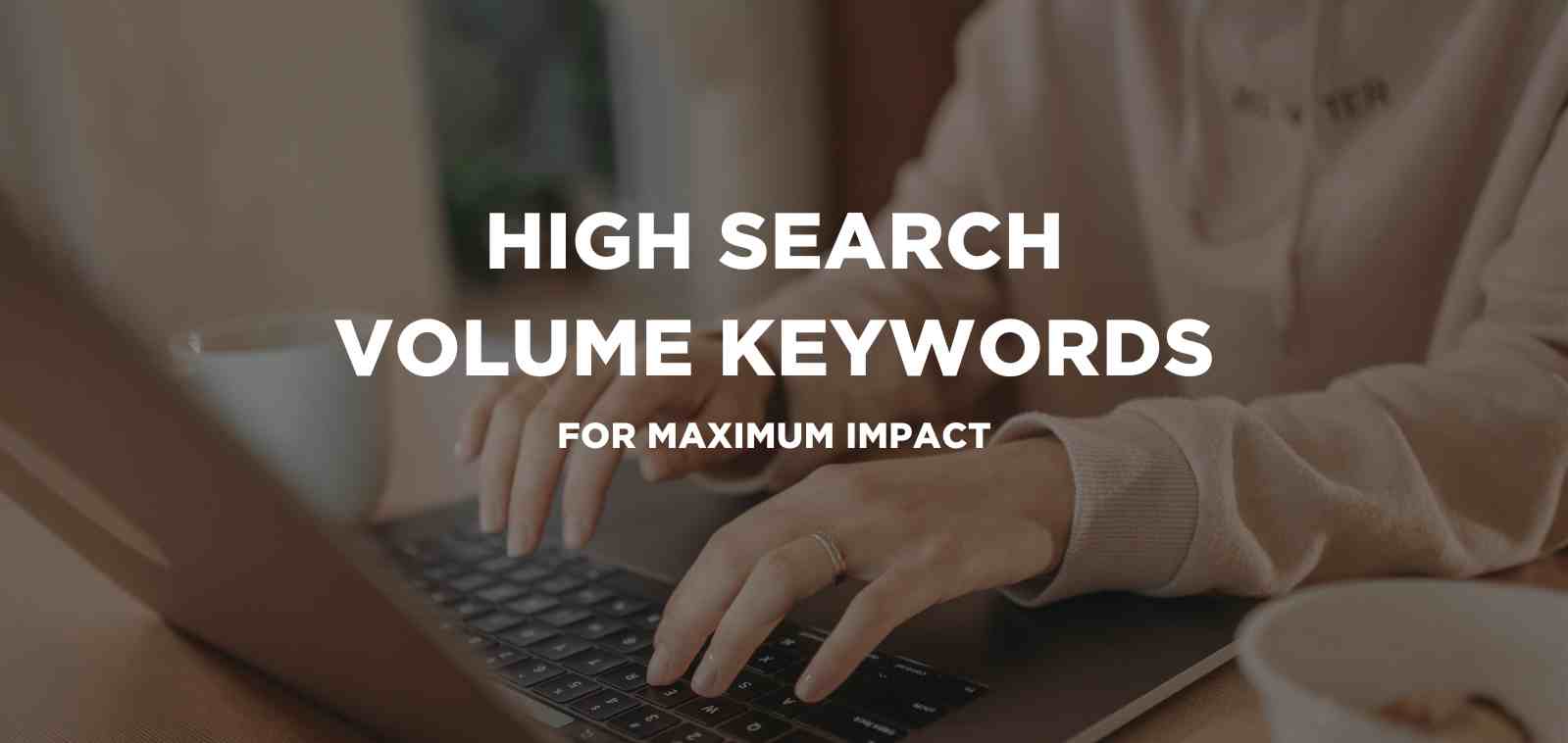2 min read
What is Google Search Generative Experience? (SGE)
What is Google SGE? Think of Google SGE as your helpful buddy on the search results page. Instead of making you click on different websites, it pulls...
In the month of July 2020, Google confirmed that it was pushing back its planned 100% rollout of the “mobile first indexing” update due to the uncertainty caused by Coronavirus.
The initial rollout date had been scheduled for September 2020 but is now set for March 2021, which is just around the corner. With that in mind, here at Honchō we’ve been working on getting clients ready for this major update and figured why not write a post on key actions to take in preparation for, what looks to be, a game changing update.
What better way to define Google’s mobile first indexing than from Google themselves:
“Mobile-first indexing means Google predominantly uses the mobile version of the content for indexing and ranking. Historically, the index primarily used the desktop version of a page’s content when evaluating the relevance of a page to a user’s query.”
Simply put, because the majority of searches are done on mobile devices, Google is catering to its user base by rewarding websites that provide a great experience.
Anyone who has worked in SEO for some time will be aware that the “Mobile First Indexing” algorithm update from Google isn’t a new thing. In fact, there have been a number of “upgrades” to Google’s Mobile First Indexing.
So why all the fuss about the March 2021 Google Mobile First Index update?
Because, whereas in the past Google has used the desktop version of websites and then confirmed it would be used as a default for new sites, the March 2021 mobile first indexing update will mean that all desktop-only sites will be removed from indexing as Google 100% focuses on the mobile versions of pages.
Below is a breakdown of the key updates that have been made to the “Mobile First Indexing” algorithm:
The implications of moving to 100% mobile first indexing are huge, as in the past many businesses focused on the desktop version of the website with mobile as an afterthought. For a number of businesses (like B2B companies) this made sense, as most web visitors were and probably still are desktop visitors.
This doesn’t change the fact that moving forward, if your website is not mobile friendly, or (even worse) if you don’t have a mobile version of your website, you could see organic traffic dramatically fall or even get wiped out.
Below we’ve listed some actions that you want to take to ensure your website is ready for the upcoming March 2021 update.
Now that we know just how big of an impact the next Google Mobile First Indexing update will have on the industry and organic search performance, how do we ensure our website is ready to perform well in this new world?
The benefit of a responsive design is that you won’t have to create different versions of your website for different devices. With over 70% of websites now using a responsive design, don’t get left behind and take a hit on your organic traffic.
Many clients propose that the mobile version of their website will surely need less content than desktop. While the thinking behind this is somewhat sound in relation to the mobile visitors user experience, removing content that was engaging your visitors will only harm SEO.
Rather than removing content, look to “hide” content beyond the first 2-3 paragraphs and add a “read more” or “expand” option to your content.
Simply put, if Google can’t access and read your website then it can’t send you traffic or conversions. Some key tips to consider for your mobile website include:
Part of a great experience for mobile visitors is having clear and high quality images available. For example, on a product page, the more detail the user can see just by viewing the image, the more likely they are to engage by spending time viewing the images and possibly take action to buy.
Make sure to use a supported image format. Google has confirmed for example, that their systems can’t index jpg images in <images> tag inside an inline SVG.
Desktop should be secondary, but it’s still important to have a good UX there too.
You want to start by making sure your mobile and desktop sites have the same structured data. Another key thing is to make sure you use the correct url in the structured data.
Like images, you want to make sure videos added to a page don’t mess up the format of your mobile website.
A really big one is to make sure your URLs don’t change every time the page loads for your videos. This mistake will really harm the organic performance of the page in question. Placing the videos in an easy to find position on the mobile version of the page is also a key part of optimising your mobile site.
One of the best ways to find out all the key fixes you’ll need to make on your mobile website is to run a couple of crawls on your website (there are a number of SEO tools you can use for this). Compare the results from the mobile site against your desktop site and ensure that any issues that need fixing on the mobile site are fixed as a priority.
You still want your desktop visitors to have a good experience, but by prioritising your mobile site you ensure that, come March 2021, you won’t be losing major traffic.
Many of the above recommendations come from Google’s own blog post on preparing for the Mobile First Indexing update. This is one we would recommend taking seriously.
Action all of the above as soon as possible and you’ll benefit from the March 2021 algorithm update. Wait any longer and whatever traffic, revenue or conversions you enjoy from Google’s organic traffic could be in danger.
If you’re unsure about the indexation of your mobile website, make sure to set up Google Search Console and verify both versions of your website in Search Console. Remember, if you have a responsive web design you’ll be covered on this end. Just another reason to get responsive if you’re not already.

2 min read
What is Google SGE? Think of Google SGE as your helpful buddy on the search results page. Instead of making you click on different websites, it pulls...

5 min read
Discover the power of high search volume keywords and how to effectively use them to boost your online presence and drive maximum impact.

2 min read
We're delighted to officially announce our partnership with Eflorist, one of the world’s leading flower delivery brands with over 54,000 local flower...
For most car dealers the current wave of Covid-19 firebreaks, circuit-breakers and tiered restrictions have been immensely disruptive but not...
1 min read
Back in August iThinkMedia discussed the preview of Google’s new algorithm update nicknamed Google Caffeine. Since that release Google have received...
The world of SEO is always evolving, with updates being rolled out on a daily basis. For search marketers, it is vital to keep on top of these and...